How Five Artists Use Creativity to Fight Civil Unrest
From Gaza to Los Angeles, and from back-alley rallies to major museums, artists are leading the charge in spotlighting injustice. In 2025, amid a backdrop of the Palestinian genocide, war in Ukraine, and ICE raids in the U.S., five creatives—Nadya Tolokonnikova, Doechii, Patrick Martínez, Malak Mattar, and Hazem Harb—are using language, paint, performance, and collage to push back. Through their work, they channel echoes of historical resistance: the legacy of Pussy Riot, the mural movements of the First and Second Intifadas, and Ukraine’s post-2014 cultural revival. Ultimately, this is art as activism—urgent, unapologetic, and global.
1. Nadya Tolokonnikova (Pussy Riot): Performing Protest Behind Bars
In early June 2025, Nadya Tolokonnikova—co-founder of the Russian protest-art collective Pussy Riot—entered a mock prison cell at LA’s Museum of Contemporary Art (MOCA) for a 10-day durational performance titled Police State. Designed to provoke, the piece recreated her 2012–13 incarceration in a Russian labor camp—16-hour workdays making uniforms, sleepless nights, and punitive conditions that stripped away basic human dignity. With precision, she brought the physicality of repression to downtown Los Angeles, meticulously reconstructing her cell complete with bunk, toilet, sewing machine, surveillance cameras, and a mixer that blended Russian prison sounds with lullabies and her own raw screams.
However, midway through the performance, real-world events began bleeding into the exhibit. Federal ICE raids in the nearby garment district sparked spontaneous protests and forced MOCA’s temporary closure. National Guard troops arrived. Helicopters circled overhead. Nevertheless, Nadya remained inside—live-streaming scanner audio and protest chants directly into the cell’s speakers. Museum guards reportedly announced, “Police State exhibit closed due to police state,” and still, she carried on—in solidarity and defiance.
To understand the deeper meaning, it helps to revisit Pussy Riot’s origins. Back in 2011, the group formed in Moscow, crashing the Cathedral of Christ the Saviour in protest of Vladimir Putin’s growing church-state alliance. After her 2012 arrest, Tolokonnikova spent two years in a Russian prison and emerged as an international symbol of feminist resistance and political art.
Today, Police State continues that legacy. By connecting Russian authoritarianism to U.S. crackdowns, it exposes the slow erosion of civil liberties in real time. In doing so, Tolokonnikova’s work blurs the line between past and present, performance and protest—making her not just a witness to injustice, but a weapon against it. @nadya
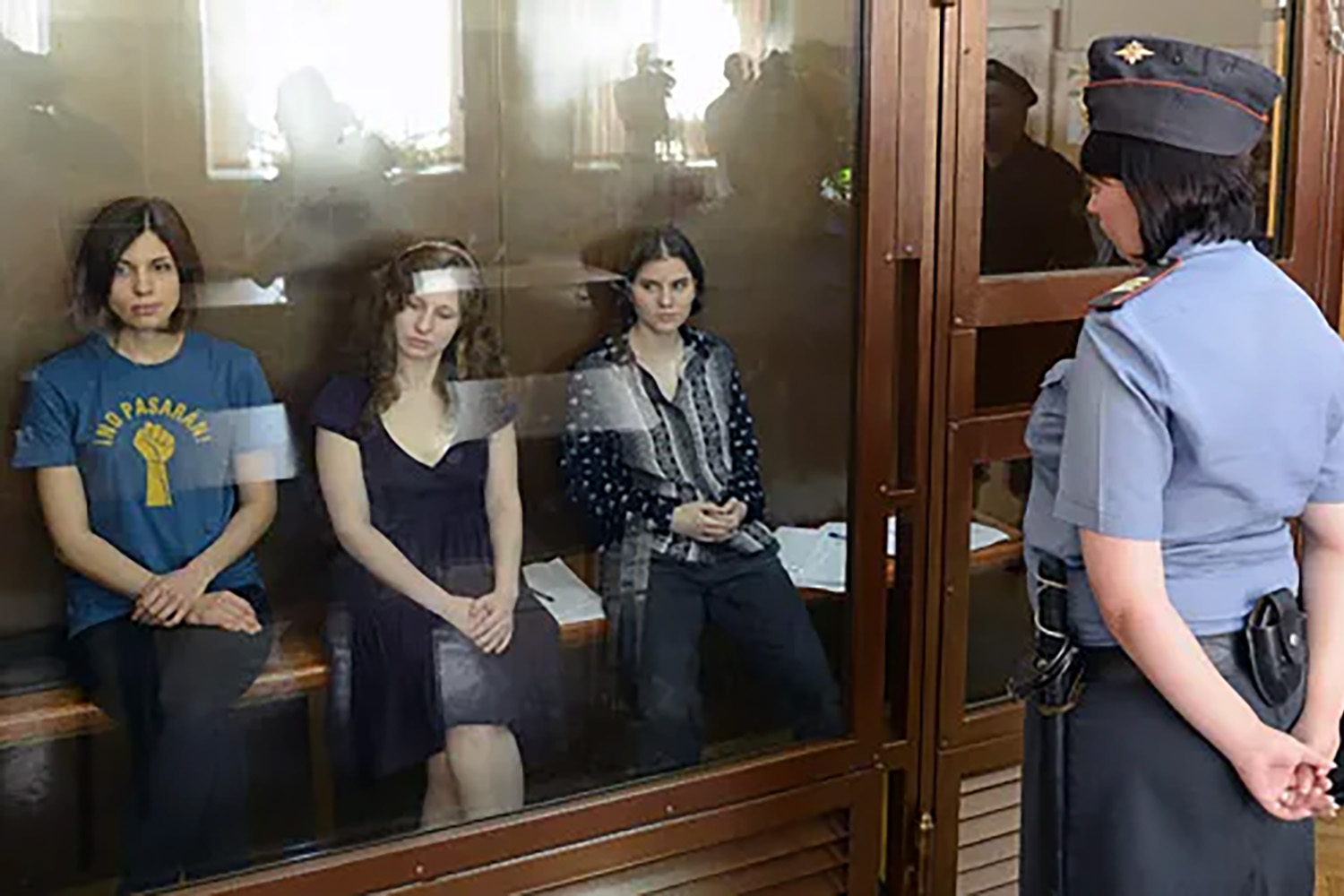
2. Doechii (Rapper/Activist): Spitting Truth at Awards Shows
In 2025, Tierra Doechii—known mononymously as Doechii—has been tearing up the hip-hop scene both musically and politically. One of the year’s most headline-making moments came during the BET Awards, where she seized the stage after winning Best Female Hip-Hop Artist. Rather than simply celebrating, she fired off a blistering critique of the Trump-era ICE raids sweeping through Los Angeles. “This is a ruthless attack on our neighborhoods,” she declared, boldly calling the deployment of National Guard troops an “act of aggression against immigrants.” Within minutes, social media lit up, and protest organizers rapidly shared her speech across digital platforms.
Importantly, her message wasn’t just performative—it drew from a long tradition of Black and Brown resistance in performance art and hip-hop. From the revolutionary voices of Public Enemy to the political bars of Killer Mike, Doechii’s statement echoed a lineage where mainstream recognition becomes a platform for defiance.
Furthermore, Doechii’s intersectional activism strategically links race, migration, gender identity, and state violence. By doing so, she shows how music can serve as a vehicle for systemic critique, and how a new generation of artists is using performance as protest. In the broader context of 2025 protest art, her voice is not just resonant—it’s revolutionary. @doechii
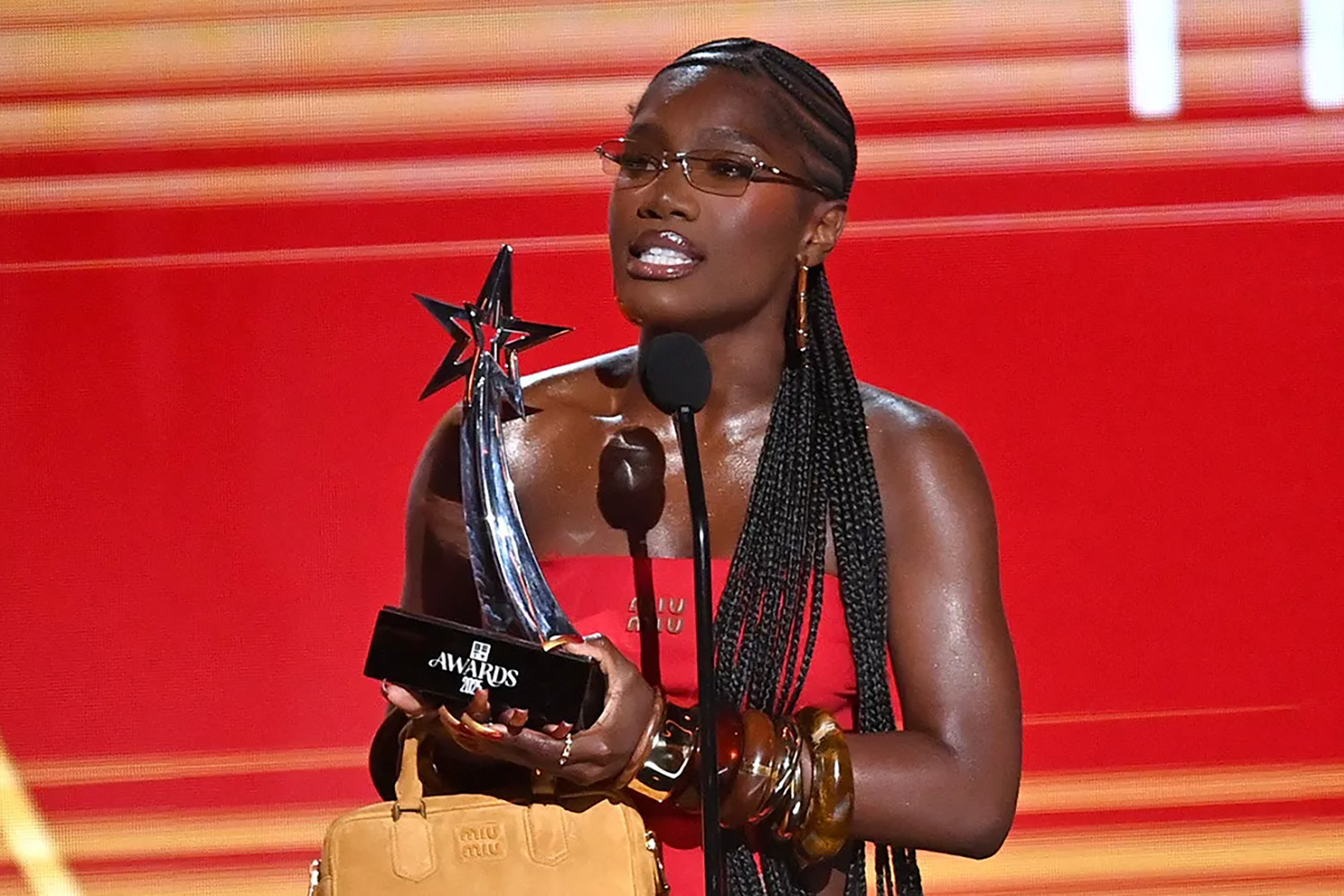
3. Patrick Martínez (Visual Artist): Street Art as Calling Card
Los Angeles painter and muralist Patrick Martínez took his resistance straight to the streets. With anti-ICE rallies blooming in May and June, Martinez supplied vibrant, handmade protest signage—posters, stencils, spray-painted placards—during marches in the Fashion District and near the Geffen Contemporary. His designs often echoed Barbara Kruger’s iconic confrontational graphics, striking at themes like freedom, surveillance, and state violence .
Historical roots: Martínez’s work builds on L.A.’s vibrant mural tradition—from Chicano muralists of the ‘70s to the street art waves of the 2000s. His banners become living artworks, mobilizing communities and reinforcing that resistance is collective, not solo. @patrick_martinez_studio
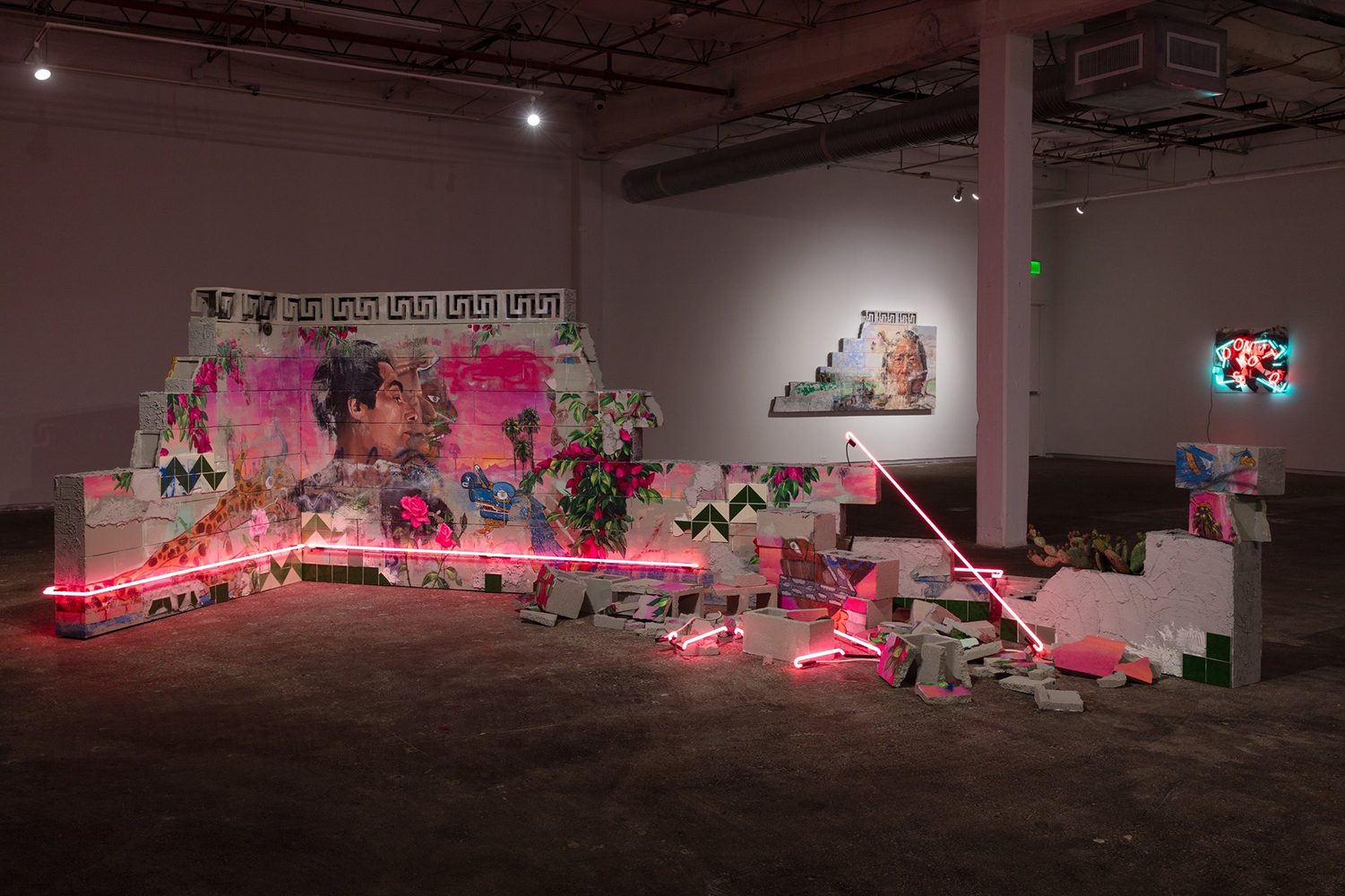
4. Malak Mattar (Palestinian Painter): Chronicles of Genocide
Twenty-five-year-old Malak Mattar, a Palestinian painter from Gaza, remains a beacon of color in a time of devastation. Born during the 2014 Gaza War, Mattar turned to art for survival. Now, in 2025, she’s earning international acclaim—staging Falasteen, a solo show at Central Saint Martins in London, the first Palestinian artist ever given such a platform there. The centerpiece piece, No Words, stands over two meters tall—a monochrome, brutalist vision of bodies and death that critics have likened to Picasso’s Guernica .
In her own words: “In the time of genocide, art is a powerful way of resisting the systematic dehumanisation of our people” ). Her presence evokes the New Visions group that sprang from the First Intifada—artists who used local materials to document resistance, inspiring generations. @malakmattarart
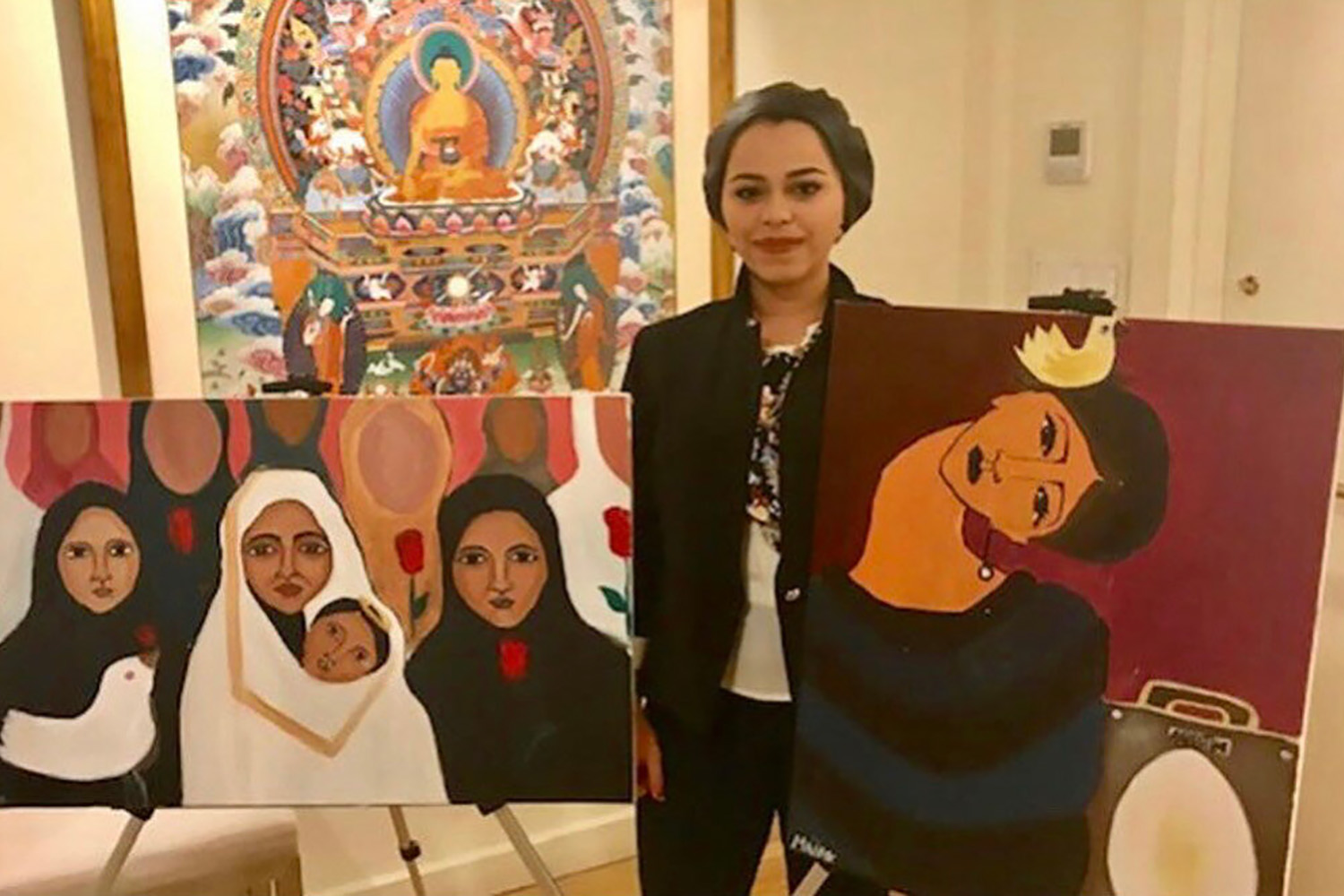
5. Hazem Harb (Collagist & Historian): Reassembling Memory
While less famous on social media, Palestinian-Diaspora artist Hazem Harb is making waves in museums. Born in Gaza, raised across Rome and Dubai, Harb merges archival documents, photo fragments, maps, and found objects into collages that meditate on displacement, fragmentation, memory, and erasure. His 2025 exhibition Not There, Yet Felt in Dubai traced lost hometowns, linguistic loss, and cultural violence, embodying modern Palestinian history in tactile form.
Historical roots: Harb follows in the tradition of intellectual documentarians like Sliman Mansour and Nabil Anani, bridging First Intifada aesthetics with new digital-political realities—embodying “committed art” that fights censorship through preservation . @hazemharb
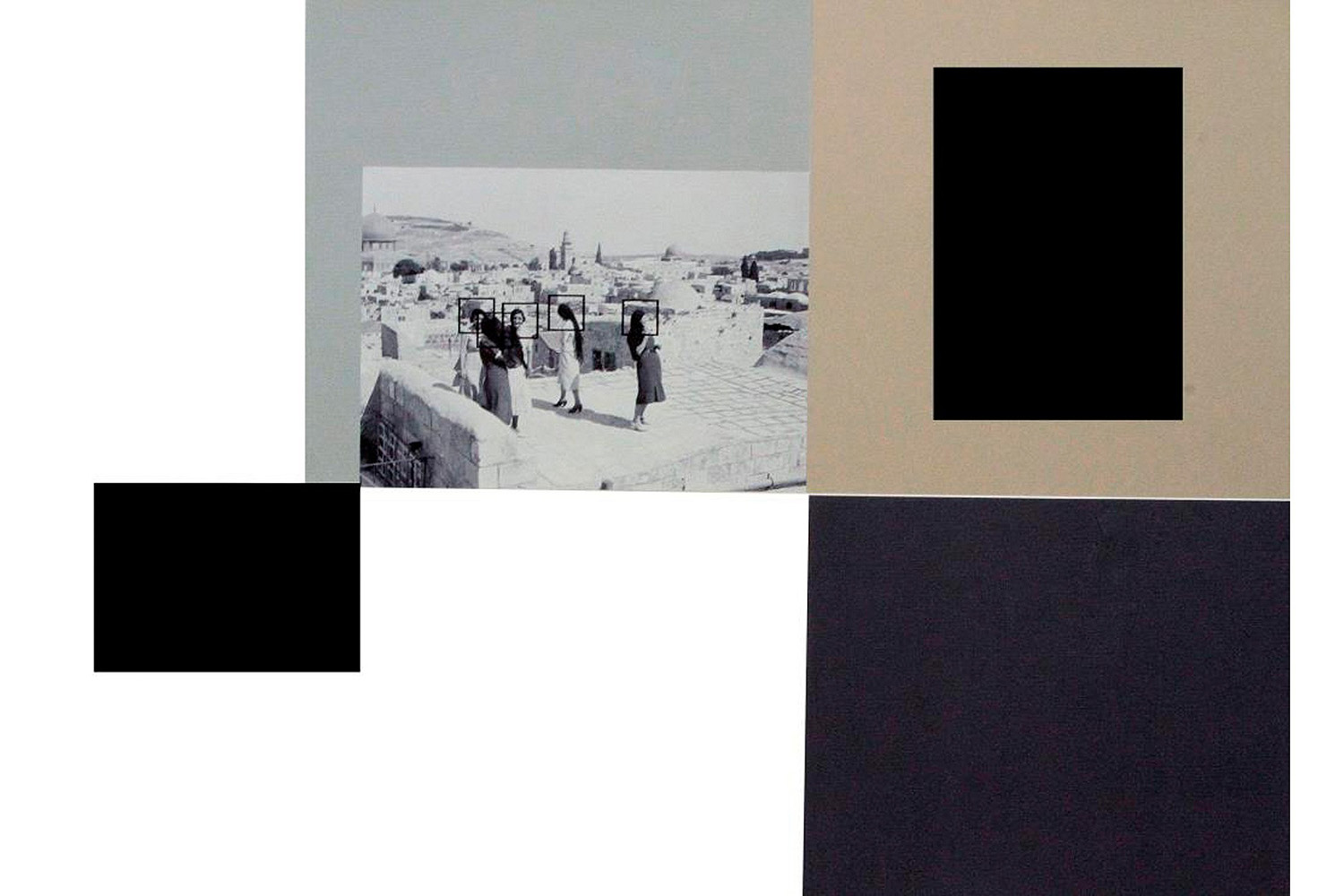
Why This Moment?
| Struggle | Artist(s) | Modality | Historical Echo |
| ICE raids in L.A. | Tolokonnikova, Doechii, Martínez | Performance, music, public graphics | U.S. civil rights rallies, Chicano mural movement |
| Palestinian genocide | Mattar, Harb | Painting, collage, archival art | New Visions (1989), documentary traditions |
| Global authoritarianism | Tolokonnikova | Institution-based performance | Pussy Riot’s cathedral stunt, Gulag parentage |
| Call-out culture | Doechii | Awards-stage intervention | Rap as resistance, NWA, Public Enemy |
| Diaspora memory | Harb | Archival collage, exhibits | Palestinian historiography, Nakba commemoration |
A Deeper Dive: Symbols of Resistance
Punk Prayer to Prison Cell
Pussy Riot’s 2012 Punk Prayer was brief but iconic: masked women shouting women’s rights and opposing Putin’s fusion of politics and religion inside a cathedral. That arrest ignited Petitions, concerts, protests, and elevated Tolokonnikova and Alyokhina to global prominence.
Police State continues that story, dismantling the line between personal biography and political art. By sewing protest slogans into military uniforms, generating noise-based soundscapes, and enduring institutional surveillance, Tolokonnikova embeds resistance in time itself .

Rhyme and Revolution
Doechii’s protest rap joins a proud rap tradition—from Rage Against the Machine to modern trailblazers like Killer Mike—that embraces protest as performance. Her refusal to remain silent upon winning mainstream recognition keeps hip-hop’s activist flame alive in L.A.’s current crisis.
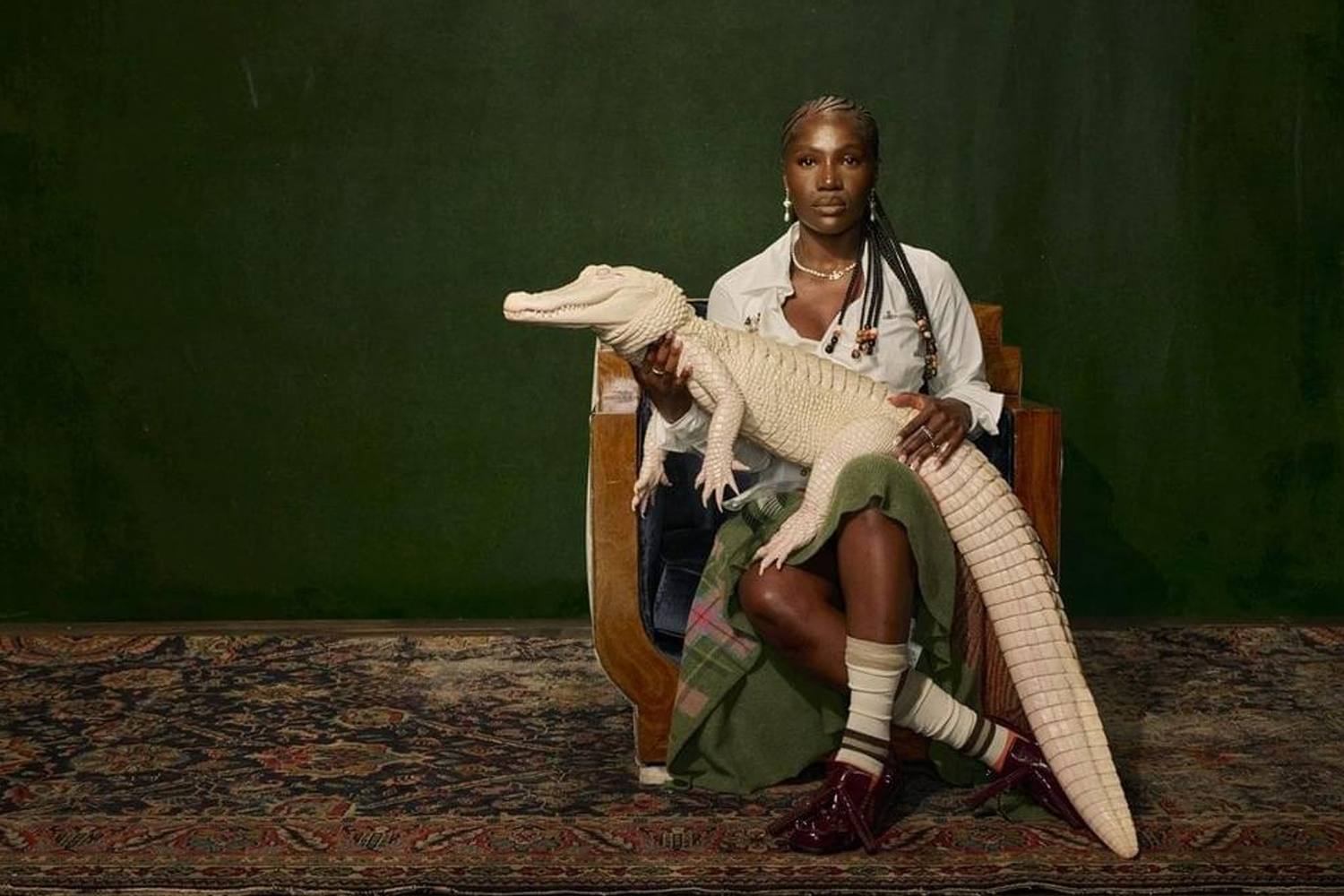
Murals on the march
From Mexico to East L.A., murals have always drawn communities together. Martínez’s signage skateboards that collective aesthetic into protests. His work echoes the 1970s Chicano political mural “We Are Not Cockroaches” and the ’90s AIDS and immigrant rights poster waves.

Painting a genocide
Mattar’s work—especially No Words—uses stark contrasts of black and white and massive scale to mirror musical traditions of Picasso’s Guernica (Spain) and Anselm Kiefer (Germany). She also taps watercolors and color symbolism—linking olives, oranges, doves—as coded signs of Palestinian identity.

Fragments as memory
Harb’s collages collapse space-time: an old schoolbook, a village map, a broken coffee mug—these pieces reassemble lost homes. His work follows Palestinian archival practices, but updated for the digital age: each collage an act of resistance against erasure.
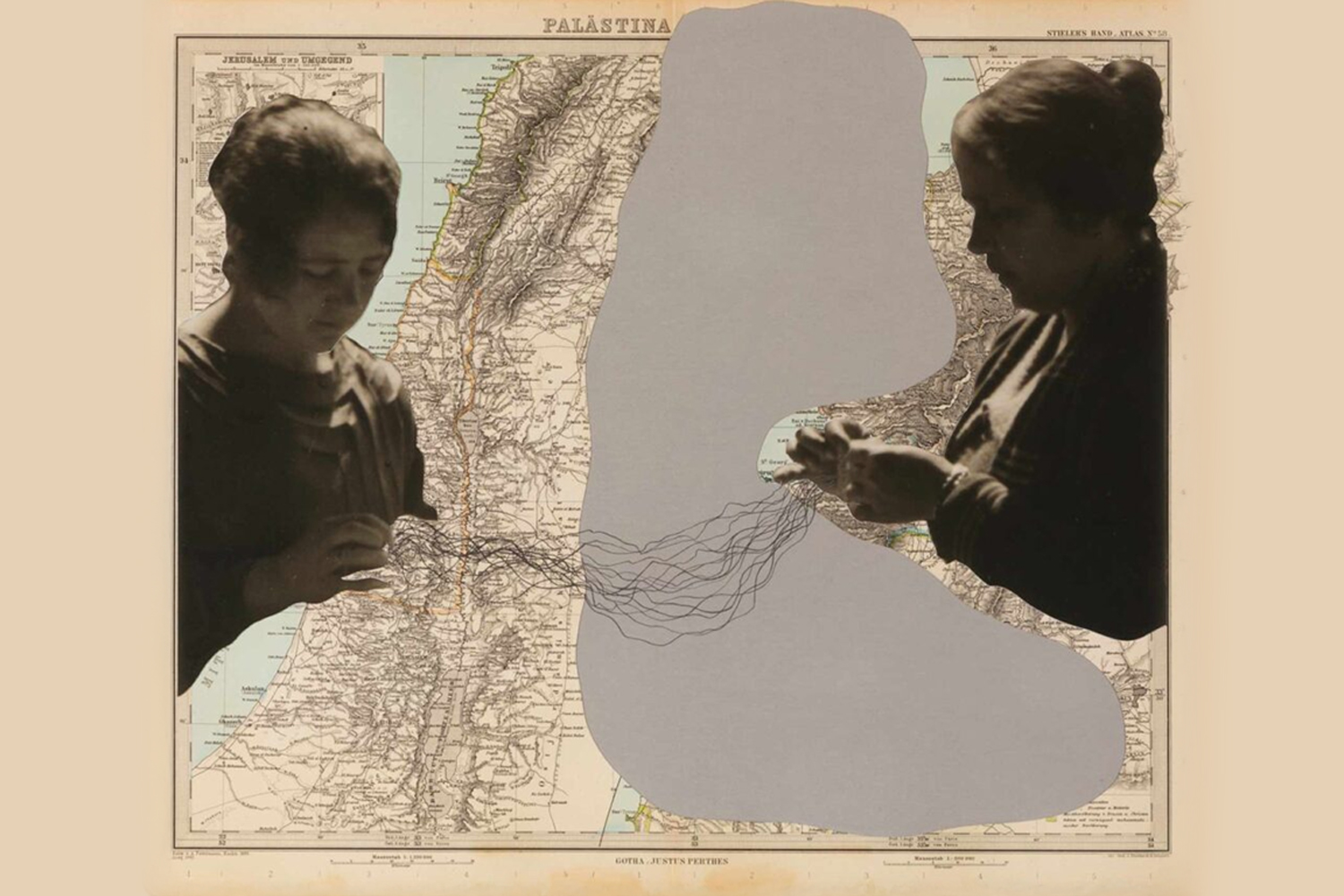
Context: Why Art Matters Now
- Visibility in media deserts – Gaza’s bombings and migrant raids often receive incomplete or biased coverage. Art bypasses that scarcity, making visceral arguments for empathy and justice.
- Emotional truth versus data – Hard stats feel abstract; art forces empathy. Silence becomes noise, distance becomes skin.
- Global connectivity – Tolokonnikova connects L.A.’s raids to her Russian experience. Mattar and Harb link diaspora trauma to new generations. Protest art becomes cross-border.
- Historical continuity – From Pussy Riot (2011), through Ukraine’s 2014 cultural boom, to this moment—the baton of resistance-art is being handed again.
- Institutional infiltration – Whether inside MOCA, on global stages, or street corners, these works blur the line between art and protest, legitimacy and defiance.

The Road Ahead: When Resistance Becomes Routine
- Doechii’s trajectory: will she use her debut album for an activist platform or pivot toward mainstream pop personas? The next year could define whether protest remains her central act.
- Tolokonnikova’s next act: Police State might return, but could she adapt to other authoritarian contexts—Hong Kong, Iran—amplifying solidarity networks?
- Mattar’s global canvases: with increasing exhibitions anticipated in the U.S. and Middle East, her visuals could shape discourse for Palestinian rights in the art market and academia.
- Harb’s archive labs: as history digitizes, his collages might become part of university collections, fueling future research and memorial initiatives.
- Martínez’s mural politics: can local signage evolve into permanent murals—creating long-term visual infrastructure for immigrant rights?

Conclusion: Creativity Surges Where Repression Rises
In 2025, art is not optional—it’s essential. When governments silence journalists, harass immigrants, and bomb civilians, these creative voices—through their paintings, performances, song, and design—reclaim narrative, memory, and justice. They argue: if protest must escalate, let it do so through paint and poetry. If repression sweeps like wildfire, let art be the hose that restores humanity.
The artists we’ve spotlighted are doing more than reacting—they’re shaping movements. Their legacy echoes street resistance from Ferguson, mural workshops in Palestinian camps, graffiti in Kyiv, suffragette banners, and punk interventions in the Kremlin. Each stands in solidarity with the voiceless—and each, in their own medium, is transforming civil unrest into acts of collective defiance.
Because in the end, as Nadya Tolokonnikova said in her cell: “No society is perfect… we all have to be brave.” And art is where that bravery meets visibility, time after time.
Home
For full documentation, click references.






